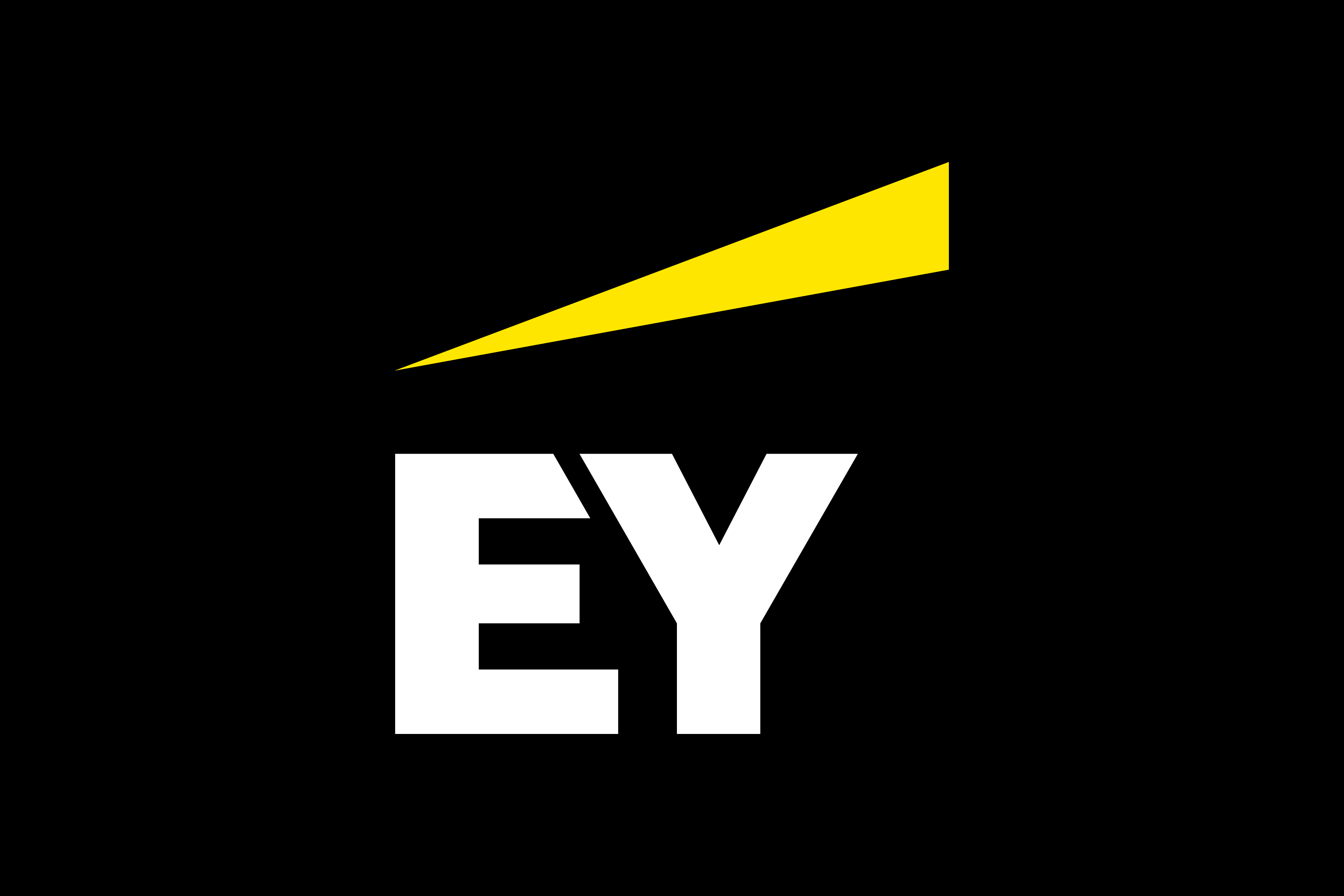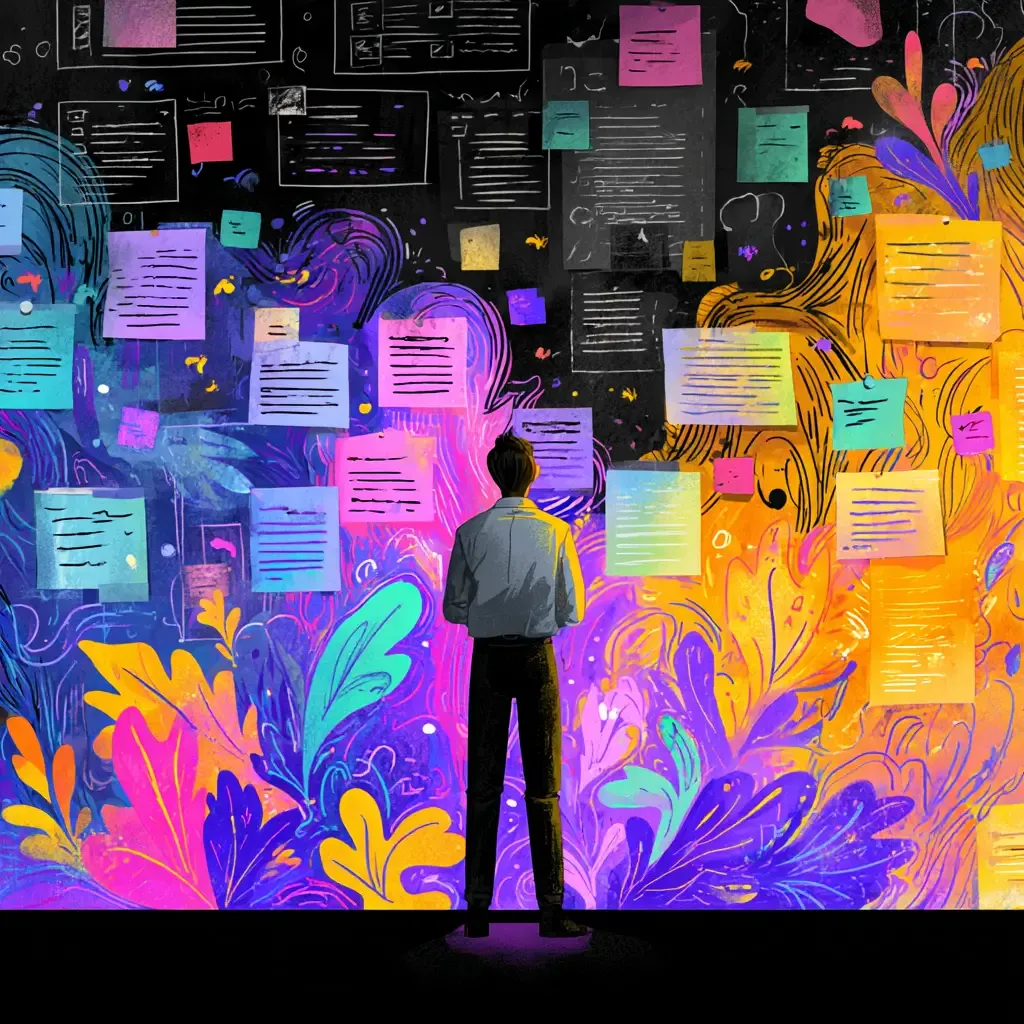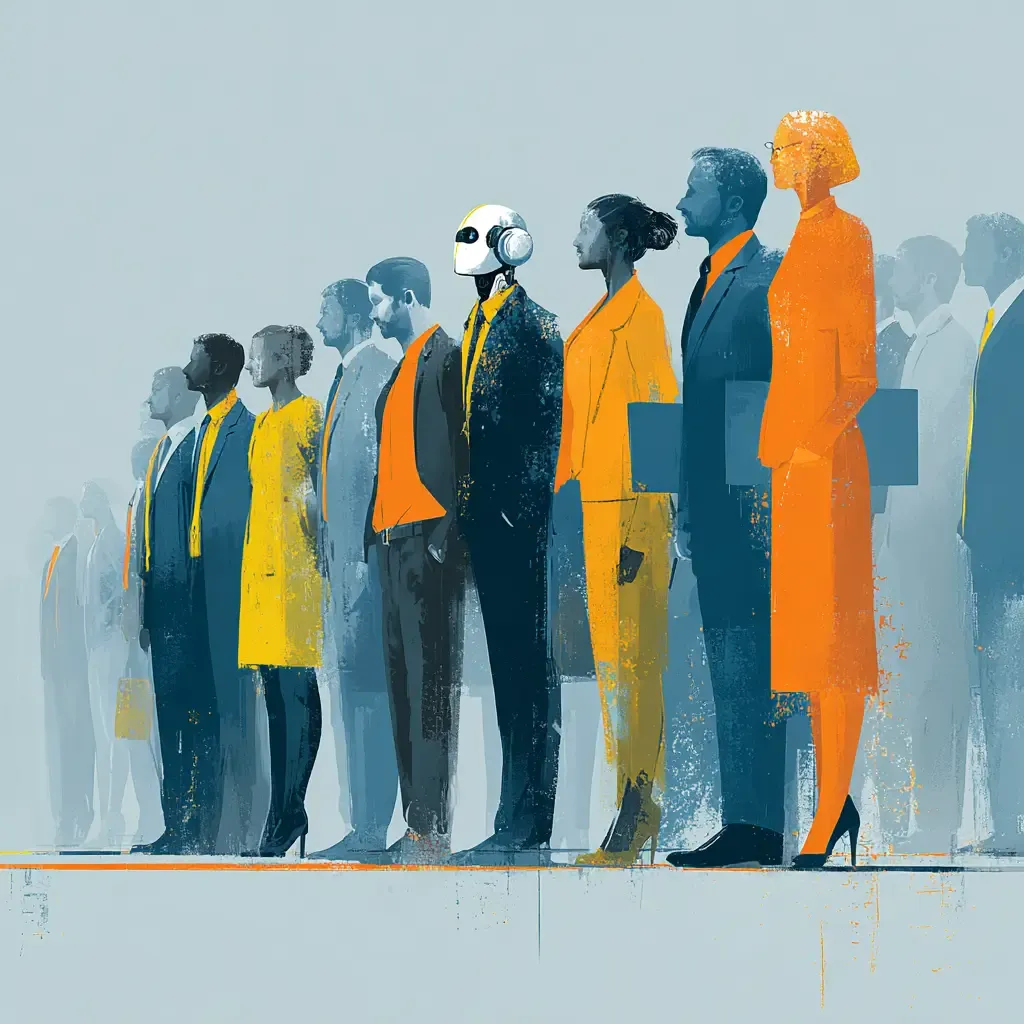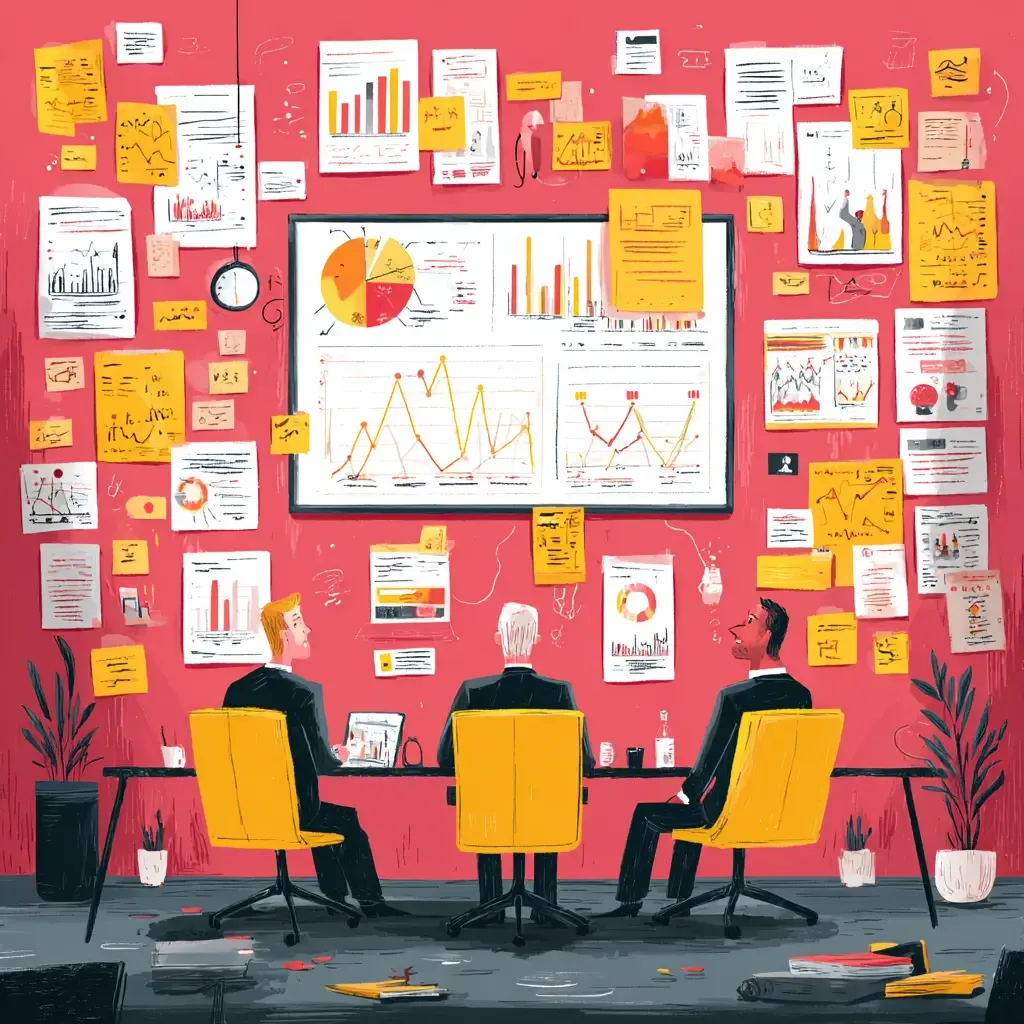TL;DR: Employees are caught in an AI anxiety paradox—71% worry about its workplace impact and 75% fear job loss, yet AI also promises personalization, inclusivity, and task relief. Change practitioners and leaders must address both sides of the paradox by embedding transparency, capability-building, and wellness into AI strategies to turn fear into trust and opportunity.
1. The Paradox at the Heart of AI in Workplaces
Artificial intelligence is arriving in organizations with a double edge. On one side, the headlines are relentless: mass layoffs, entire job categories predicted to disappear, and new tools that can outperform humans at certain tasks. No wonder 71% of employees say they are concerned about AI’s impact on their work, and 75% fear that job loss is on the horizon.
On the other side of this paradox, AI also carries real promise. It can personalize training to individual learning styles, make workplaces more inclusive for those with diverse abilities, and automate the repetitive tasks that drain energy. The irony is that the same technology employees fear could also be the very thing that supports their long-term well-being—if it is implemented thoughtfully.
This is the paradox: fear and opportunity walking side by side, both real, both urgent.
2. Anxiety Isn’t Just About the Tech
Employee anxiety is rarely about the mechanics of AI itself. It’s not the algorithm or the model weights that keep people up at night—it’s the question of power and trust. Workers want to know:
- Will AI make my role irrelevant?
- Will decisions about me and my career be made by systems I don’t understand?
- Can I trust leaders to use this responsibly and fairly?
If those questions go unanswered, anxiety grows into disengagement. Employees stop raising their hands in meetings. They decline opportunities for development. They start looking for other jobs. By the time an organization realizes what’s happening, loyalty has already eroded, and the cost of rebuilding trust is far higher than the cost of investing in transparency up front.
3. The Missed Opportunity of Workplace Wellness
Wellness programs, as they’re typically designed, don’t address this paradox. Organizations often fall back on surface-level fixes: mindfulness apps, resilience seminars, or “AI 101” lunch-and-learns. These are useful in their place but miss the deeper point.
When the very ground feels like it’s shifting, wellness efforts must evolve. True wellness isn’t just about helping employees cope with stress—it’s about addressing the root causes of that stress. That means creating stability, involving people in the process, and giving them a voice in how AI is introduced and governed. Without that, wellness becomes a bandage, not a cure.
4. Where AI Could Actually Reduce Stress
Ironically, the paradox is sharper because AI does have genuine potential to reduce workplace stress and improve wellness if deployed with care. Consider a few examples:
- Personalization: Adaptive training platforms can assess an employee’s skills and tailor learning paths to their unique needs. Instead of the fatigue of “one-size-fits-all” training, employees get relevant, actionable learning.
- Inclusivity: AI-powered accessibility tools, from real-time captioning to neurodiverse-friendly work environments, create more equitable workplaces. For employees who’ve long felt excluded, this can be transformative.
- Task Relief: By automating repetitive reporting or administrative work, AI frees employees to spend more time on creative, human-centered, and strategic activities—the kind of work that builds pride and engagement.
The problem isn’t whether AI can help; it’s whether organizations will structure its use in ways that are genuinely supportive rather than extractive.
5. What Leaders Should Do Differently
For leaders and change practitioners, the playbook must expand. Simply rolling out new systems and sending a training deck won’t cut it. Instead, organizations need to deliberately build an approach that recognizes the paradox:
- Name the Paradox: Acknowledge both the fear and the promise in your messaging. Pretending it’s “all upside” insults employees’ intelligence and accelerates mistrust.
- Build Transparency: Explain not just what AI is being deployed, but why, how, and where the boundaries are. Spell out what decisions will remain firmly in human hands.
- Invest in Capability, Not Just Compliance: Train employees to use AI as an augmenting tool, not just a compliance requirement. Skill-building that highlights how AI empowers people reframes the narrative.
- Embed Wellness in AI Strategy: Redefine success metrics. Don’t measure only productivity gains—track indicators like stress reduction, inclusivity, and perceived fairness as part of the business case.
This is where leadership signals matter. A CEO’s comment about “leaner staffing models” may seem minor but can trigger a wave of fear. A manager who demonstrates AI as a supportive partner, not a replacement, can shift the entire emotional climate of a team.
6. Why Change Practitioners Matter Here
This paradox is tailor-made for change practitioners. We are uniquely positioned to bridge the technical and the human, to ensure AI adoption isn’t just about efficiency but about culture. Beyond communications or training, our role is to integrate wellness into transformation strategies.
We know that fear doesn’t vanish when ignored. We know that engagement doesn’t survive in environments of secrecy. And we know that organizations cannot sustain long-term transformation if their workforce feels diminished, not elevated, by the change.
By naming the paradox, designing inclusive engagement strategies, and embedding wellness into the rollout, change practitioners can transform AI from a source of anxiety into a source of stability and growth.
Final Thought
The AI anxiety paradox won’t resolve itself. Left unaddressed, it deepens mistrust, fuels disengagement, and undermines wellness. Faced directly, it offers something rare: a chance to deploy a new technology in ways that not only change what people do, but also strengthen how they feel about doing it. If we can harness both sides of the paradox, AI adoption can become not just a technical milestone, but a cultural turning point toward a healthier workplace.
ChangeGuild: Power to the Practitioner™
Frequently Asked Questions
A: The paradox is that while 71% of employees express concern about AI and 75% fear job loss, AI also holds potential to improve wellness through personalization, inclusivity, and task automation.
Q: Why are employees so anxious about AI adoption?
A: Anxiety stems less from the technology itself and more from trust, power, and uncertainty—concerns about job security, fairness, and whether leaders will use AI responsibly.
Q: How does traditional workplace wellness fall short in addressing AI-related stress?
A: Typical wellness programs focus on resilience or stress management apps, which don’t address the root fears about job security, agency, and transparency in AI use.
Q: In what ways can AI actually support employee wellness?
A: AI can personalize training, improve accessibility for diverse needs, and automate repetitive tasks—freeing employees to focus on creative, meaningful work.
Q: What role should leaders play in resolving the AI anxiety paradox?
A: Leaders must acknowledge both fear and opportunity, provide transparency about AI decisions, invest in skill-building, and embed wellness metrics into AI strategies.
Q: Why are change practitioners uniquely important here?
A: Change practitioners can bridge the human and technical sides of AI adoption, ensuring transparency, engagement, and wellness are built into transformation strategies.
Read More About It


This post is free, and if it supported your work, feel free to support mine. Every bit helps keep the ideas flowing—and the practitioners powered. [Support the Work]










